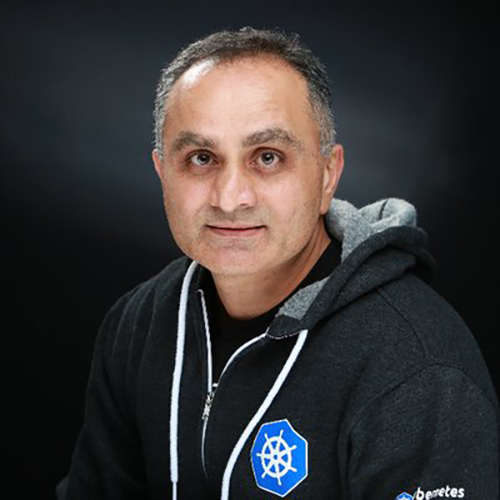Session: 2 for 1: Democratizing AI Model training: GPU agnostic Deep Learning techniques with PyTorch / Welcome to the Machine
Sahdev Zala: Democratizing AI Model training: GPU agnostic Deep Learning techniques with PyTorch
PyTorch is emerging as the leading open source framework for Machine Learning and in particular Deep Learning. The project is hosted at the PyTorch Foundation under the Linux Foundation. GPUs have become a necessity for training large deep learning models. A GPU is an expensive device and model training may require many GPUs, from hundreds to thousands, depending on the model size and need for speedy training. It’s critical to understand the role of the GPU in model training and learn what options are available to train deep learning models in a GPU agnostic way to save cost and to avoid lock-in with a specific chip maker. Luckily, PyTorch provides ways to extend the framework with GPUs from multiple chip makers. In this talk, we provide a simple overview of why GPUs are increasingly used in deep learning model training and how you can use PyTorch to leverage backend extensions with your choice of GPUs from various makers, such as, Nvidia, AMD, Apple, and Intel. We also provide guidance on how you can get more involved with the PyTorch open source community.
Justin Rackliffe: Welcome to the Machine
The impact of generative AI on your engineering culture
The creative industry is being taken by storm by machines educated on an ocean of human created content and this includes software. At the end of the day these machines can’t differentiate being asked to translate an ancient latin text and explaining a python module as it’s all vectors to it. There is no question that there is a place for these tools in our organizations, but we are still accountable for the products we make with them and they may have a material cost to provide. So as we add these to our toolbelt here are some questions that may help you make the case for this class of tools to be made available while remaining accountable to how it will change your organizations approach to software engineering.
- What are the measures of effectiveness for our organization that these tools will contribute to?
- Are we creating new types of risks in software delivery and what can we do to reduce those sharper edges?
- How do we collect quantitative and qualitative data to establish the impact of these tools when it’s time to pay the bill?
- Is the specific problem these tools are being used for the right one or are there higher performing and lower cost alternatives?
- What are the personas we are looking to influence with these tools and what configurations may be better suited to that particular use case?
- How well can a given tool adapt to our specific business needs both with personalized results and workflows?



